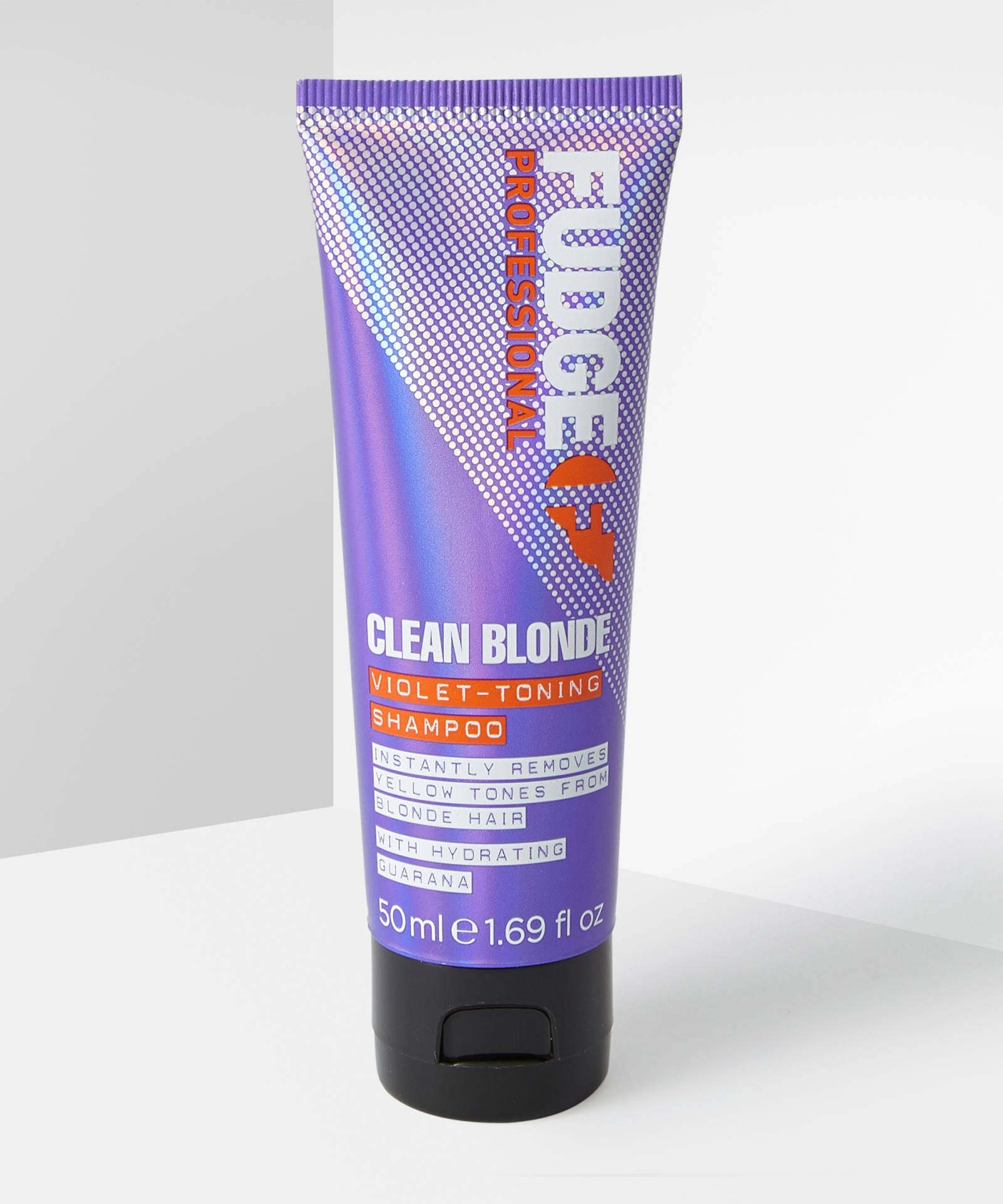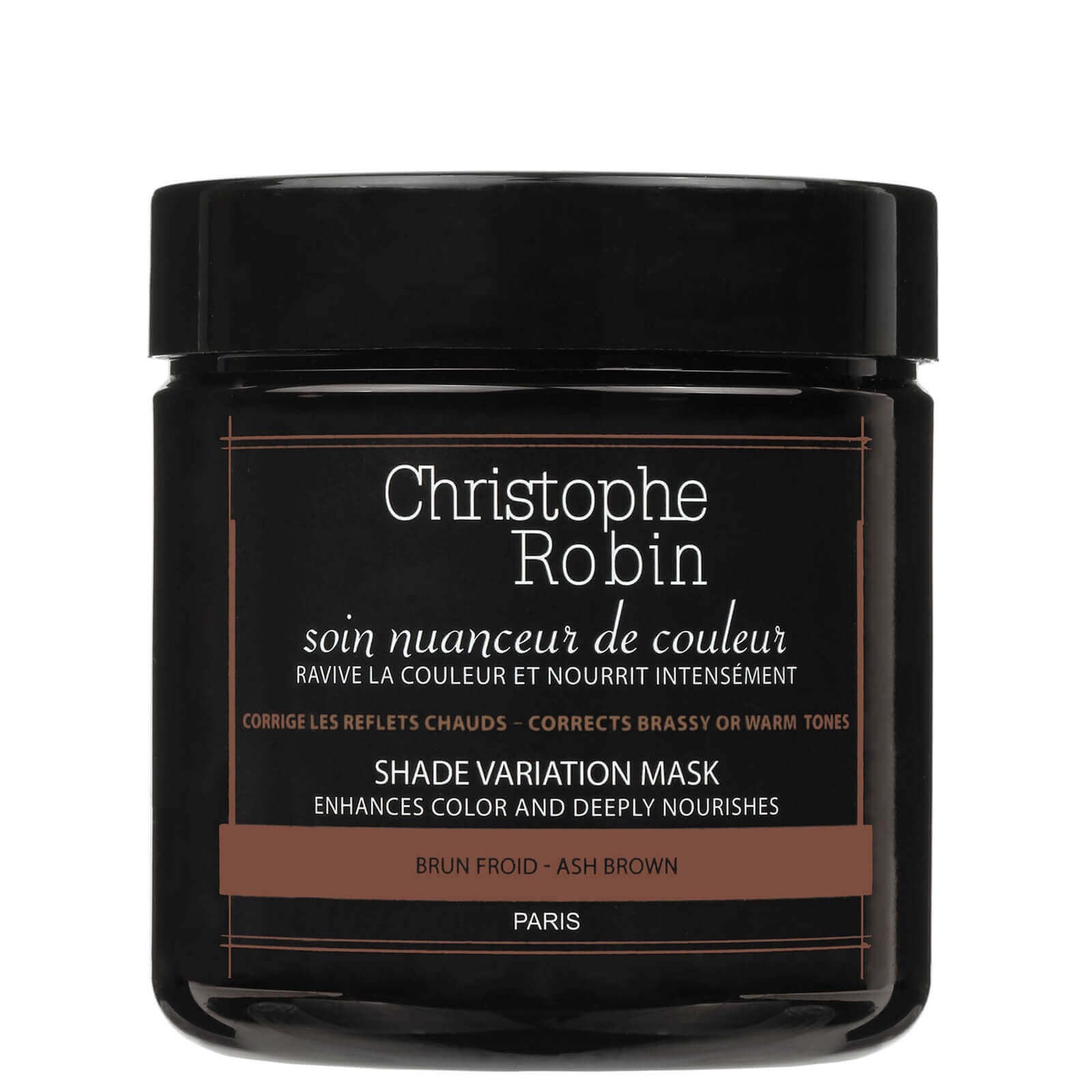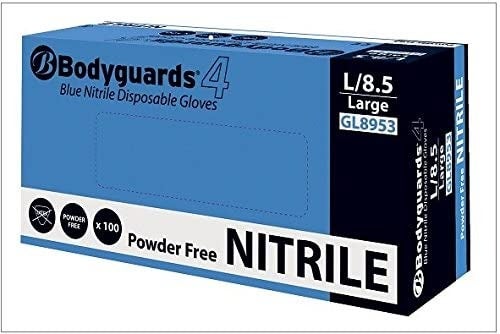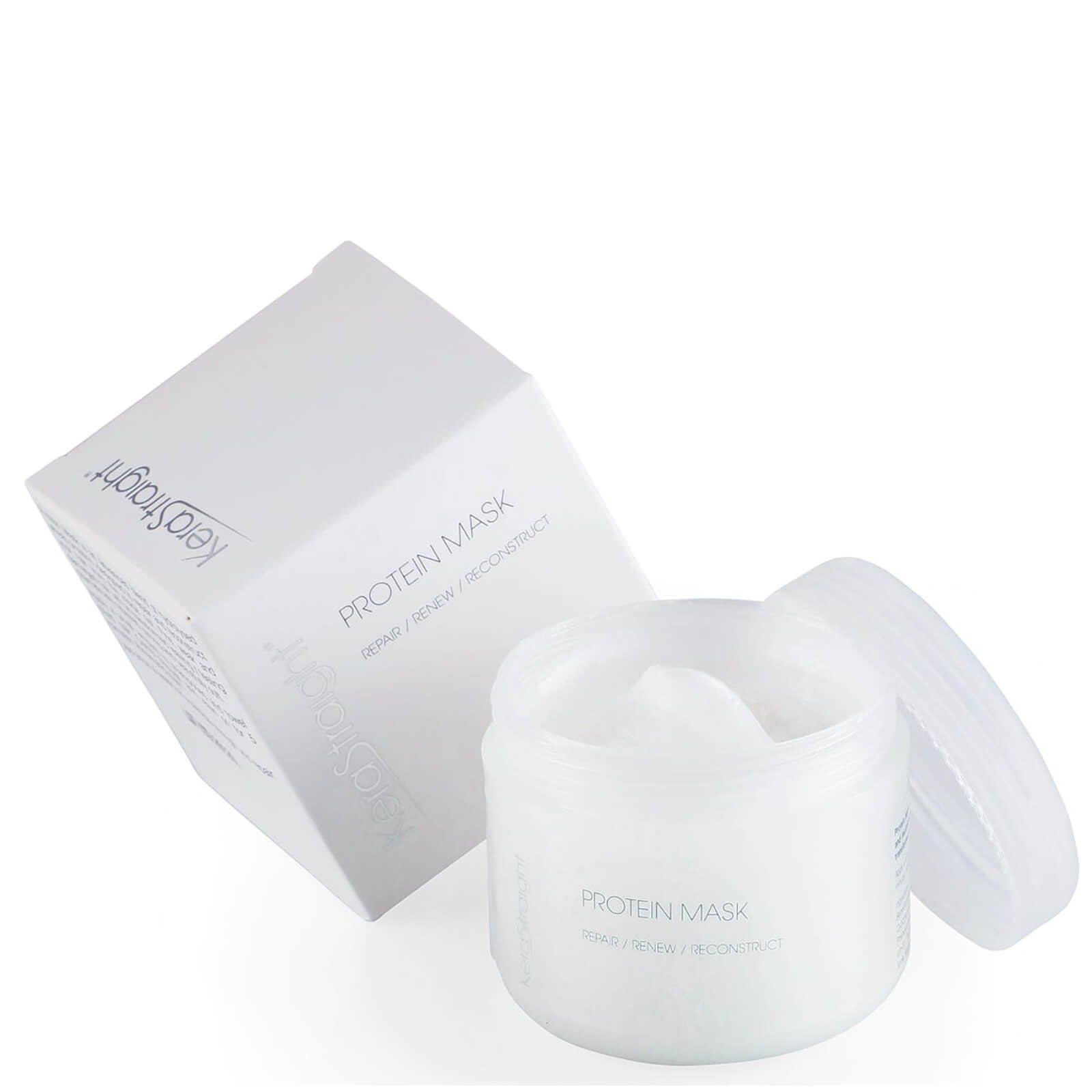How To Remove Temporary Hair Dye At Home Without Ruining Your Hair
With hair salons closed following government guidelines due to coronavirus, many of us are taking root touch-ups, all-over colour and even balayage and highlights (though, only the brave) into our own hands. Sometimes the results are positively surprising but losing track of time or choosing the wrong colour can lead to a less than desirable result.
At this point, you might frantically text your colourist or even book a digital consultation for advice, but there's another option: removing temporary hair dye yourself at home. According to the pros, it's not as difficult as it sounds.
AdvertisementADVERTISEMENT
"Start by giving your hair a fresh start by removing all the residue build-up with a clarifying shampoo," says Craig Taylor, creative director at Hari's salon. "Many products, including box dye, contain silicones and gels that sit on the hair's surface to help promote shine and control frizz. A shampoo such as Neutrogena's Anti-Residue Shampoo, £39.99, or Pureology Purify Shampoo, £19.95, can remove 90% of product build-up. These shampoos will also help break down the colour molecules."
Hari's creative colourist, Francesca Dixon seconds clarifying shampoo but also suggests anti-dandruff shampoo. "This will help to break down colour molecules and remove build-up, too. They are especially great if you want to refresh your hair colour with a different tone. Apply a generous amount of shampoo to the head, cover with a shower cap to intensify and leave for 30 minutes. Then rinse with warm water and condition well."
If you don't have a clarifying shampoo, Craig suggests a traditional vinegar rinse is a good DIY alternative. "This will effectively eliminate build-up on the hair, promote shine and help naturally strip colour from your hair without damaging your scalp. Just don't use malt vinegar!" Try an apple cider vinegar rinse.
AdvertisementADVERTISEMENT
Blonde hair is a little different, though. If you have any brassy, yellow tones appearing in your hair as a result of bleach, Francesca suggests using a silver shampoo like PRO:VOKE Touch of Silver Shampoo, £3. "This can neutralise the yellow brassiness, returning your lighter hair to its preferred earlier tone." Also try Redken Blondage Express Anti-Brass Mask, £26, or Fudge Clean Blonde Shampoo, £14, both of which fade orange tones.
No one knows when hair salons will open their doors so it's inevitable that most of us will gravitate to at-home hair dye at some point, but some colours are harder to rectify than others. "Red hair dye is one of the hardest colours to remove no matter what tone it is as it's such a strong pigment," says Francesca. "Black hair dye is also extremely hard to rectify in salon so really think about it before you do it at home."
Francesca adds: "Pink is one of the easiest colours to achieve on blonde hair and usually only lasts for a few washes, but this does depend on the brand and tone that you are using. My main advice would be to do your research and be very careful with blues, greens and purples as they usually fade into a colour that can’t be removed from the hair cuticle. If you're unsure whether you want to commit or if the colour will suit you, try a hair chalk before committing. I also always suggest using a semi-permanent dye instead of permanent."
AdvertisementADVERTISEMENT
R29 rates Christophe Robin Shade Variation Mask, £39, which imparts silky, intense and professional-looking colour in next to no time and Josh Wood Shade Shot Gloss, £19, a semi-permanent mask that nourishes strands while it colours.
It isn't just your strands that hair dye clings to, though. Your forehead, ears, neck and fingers are also prone to staining. To counteract smudges, Francesca advises applying Vaseline, £2.99, around your forehead, ears and neckline before dyeing your hair. "This will act like a barrier on your skin," she says. "After shampooing dye out at the salon, we use a stain remover to get any dye off the skin, but an alternative at home would be makeup remover or makeup wipes. Hair dye is also almost impossible to get off your nails, so make sure you have gloves on while applying the dye and while you are shampooing it off."
If you're wary about removing hair dye at home, the only real solution is to wait it out. While potentially effective, Craig mentions that some at-home removers and even toners could also go wrong and potentially turn hair orange in tone. "If left on too long they can also dry hair out," he says. "Instead, focus on your hair health, which can help break down the colour molecules and will work like rehab for your hair."
Francesca suggests a conditioning mask at least once every two weeks to keep hair hydrated and glossy. R29 recommends KeraStraight Protein Mask, £26.50, which shuttles moisture deep into strands and provides support for brittle hair; Olaplex No 5 Bond Maintenance Conditioner, £26, rated by hairstylists all over the globe for its smoothing, repairing properties; or Palmer's Olive Oil Formula Deep Conditioner, £1.99, which makes hair smooth and manageable. Francesca adds: "If you don't have any treatment conditioners, try argan oil, castor oil or coconut oil as a deep moisturising treatment. Be sure to wash out castor or coconut oil with shampoo afterwards, though," as they could weigh hair down.
AdvertisementADVERTISEMENT



















